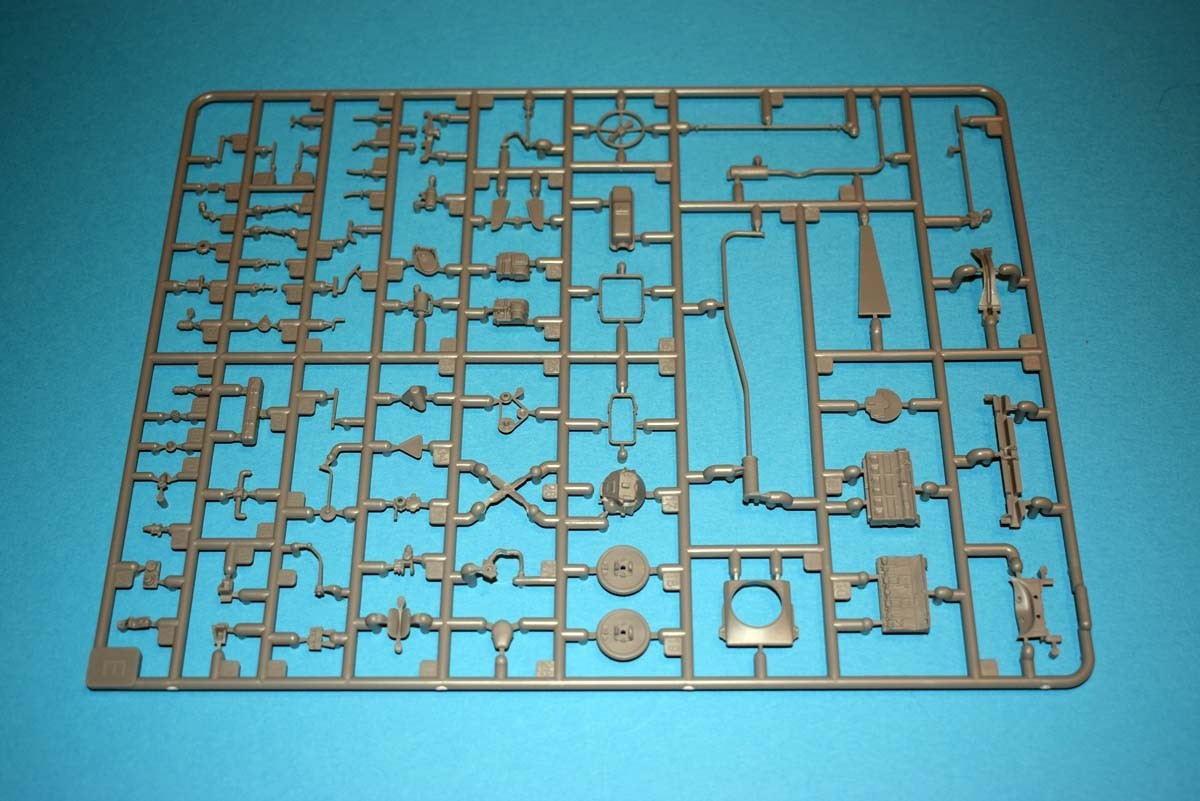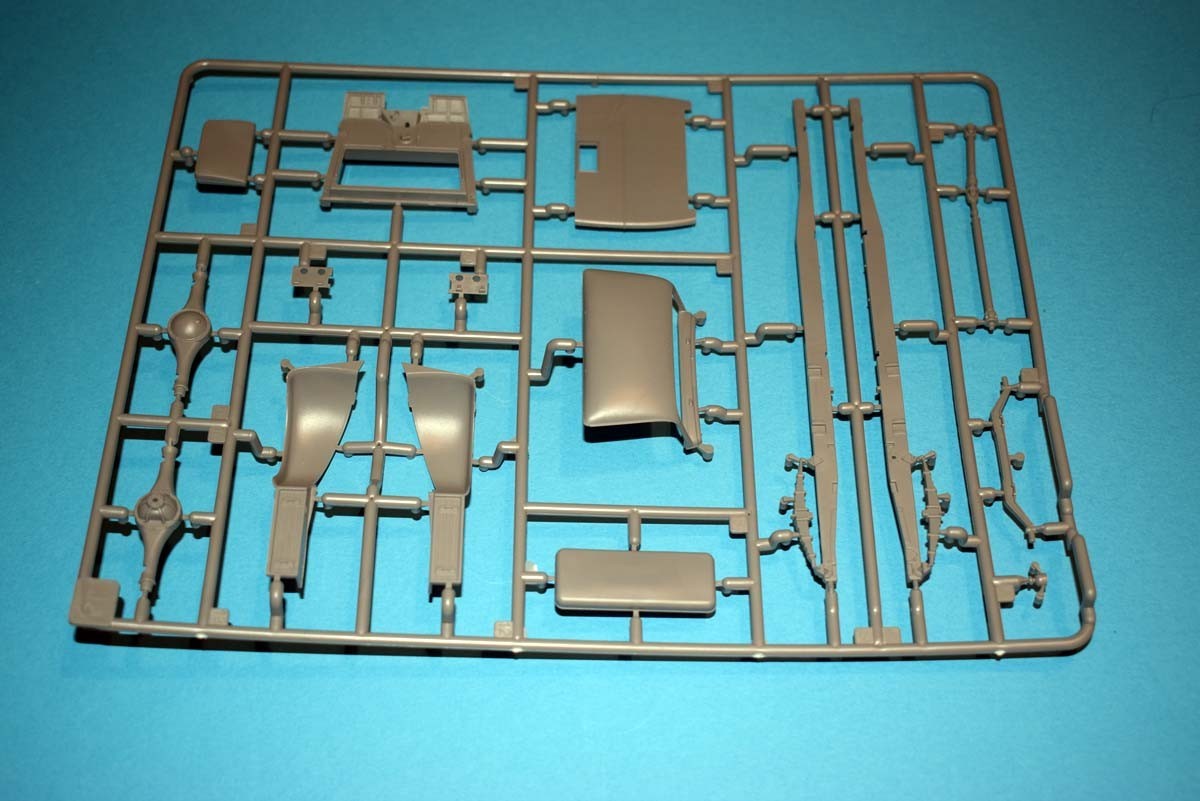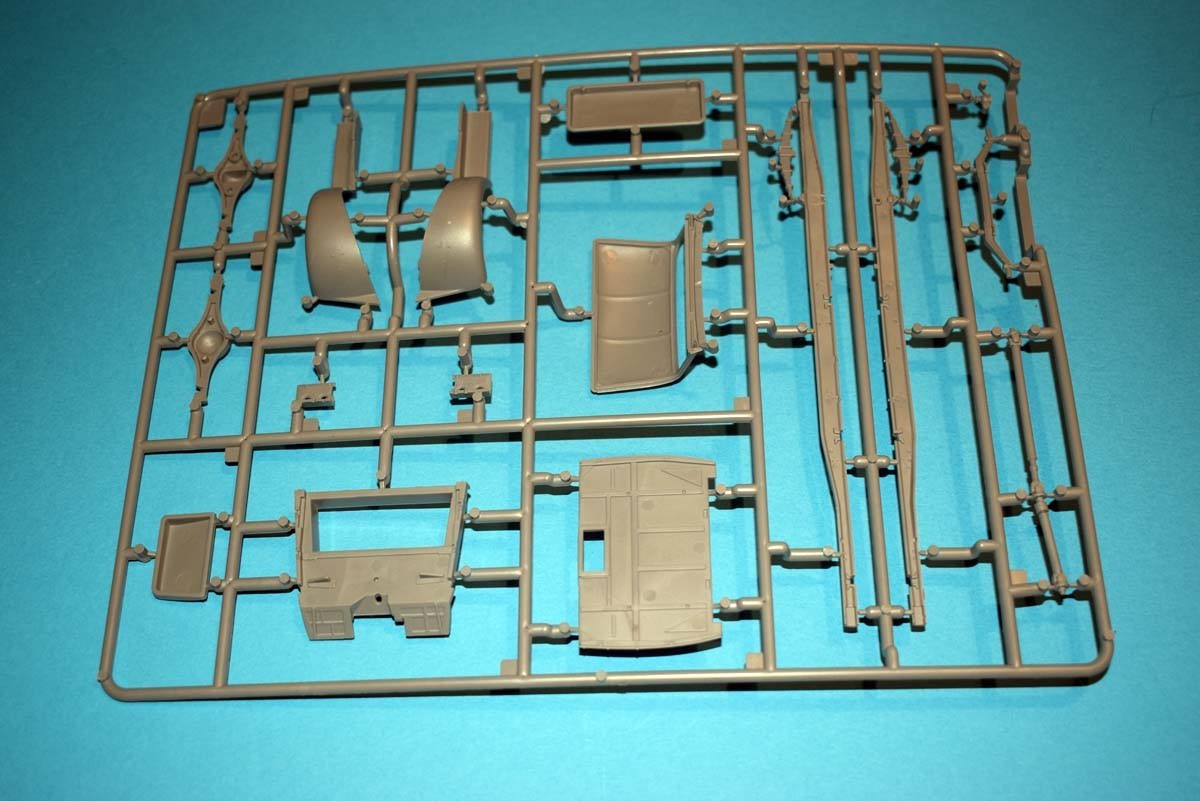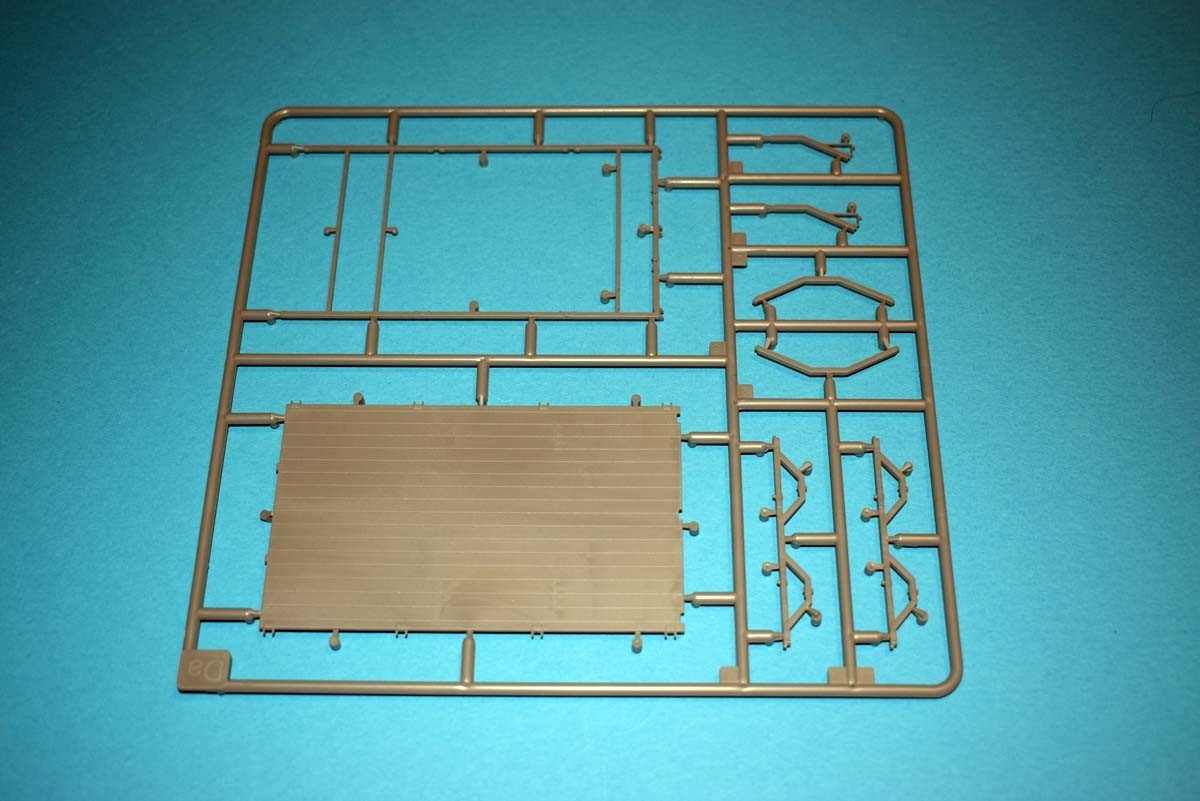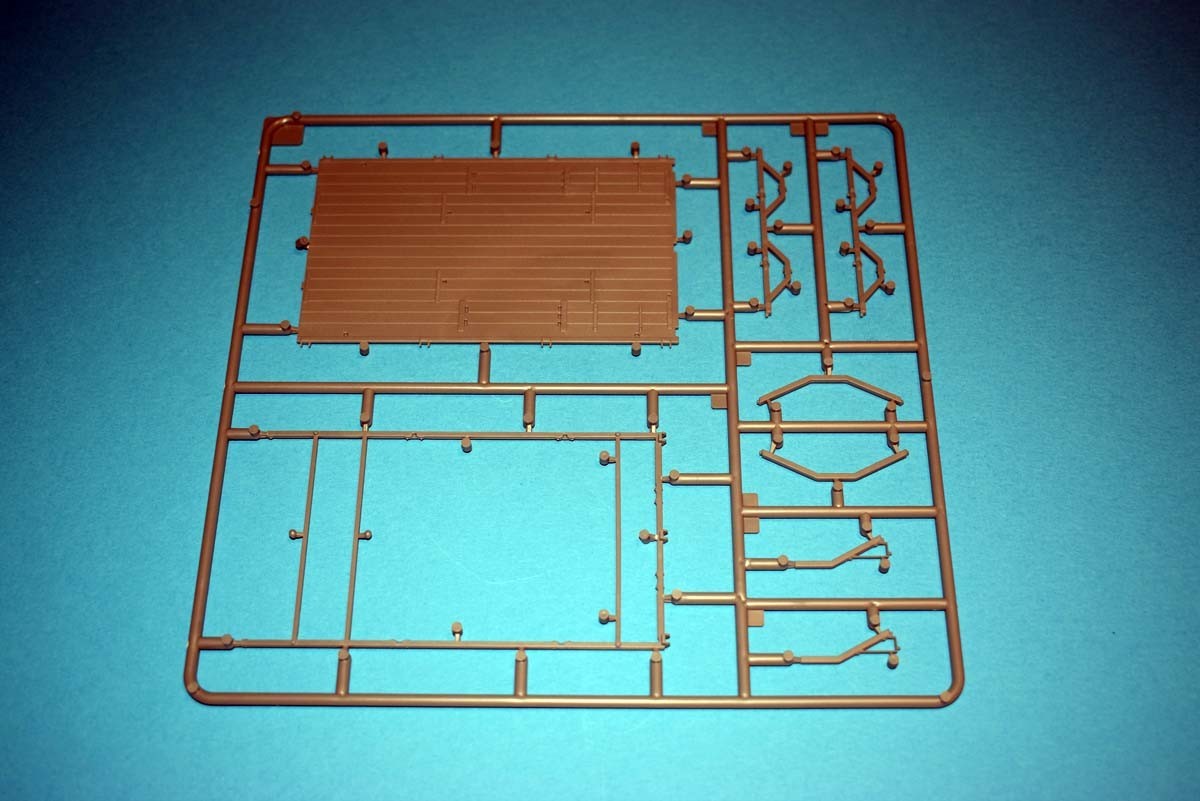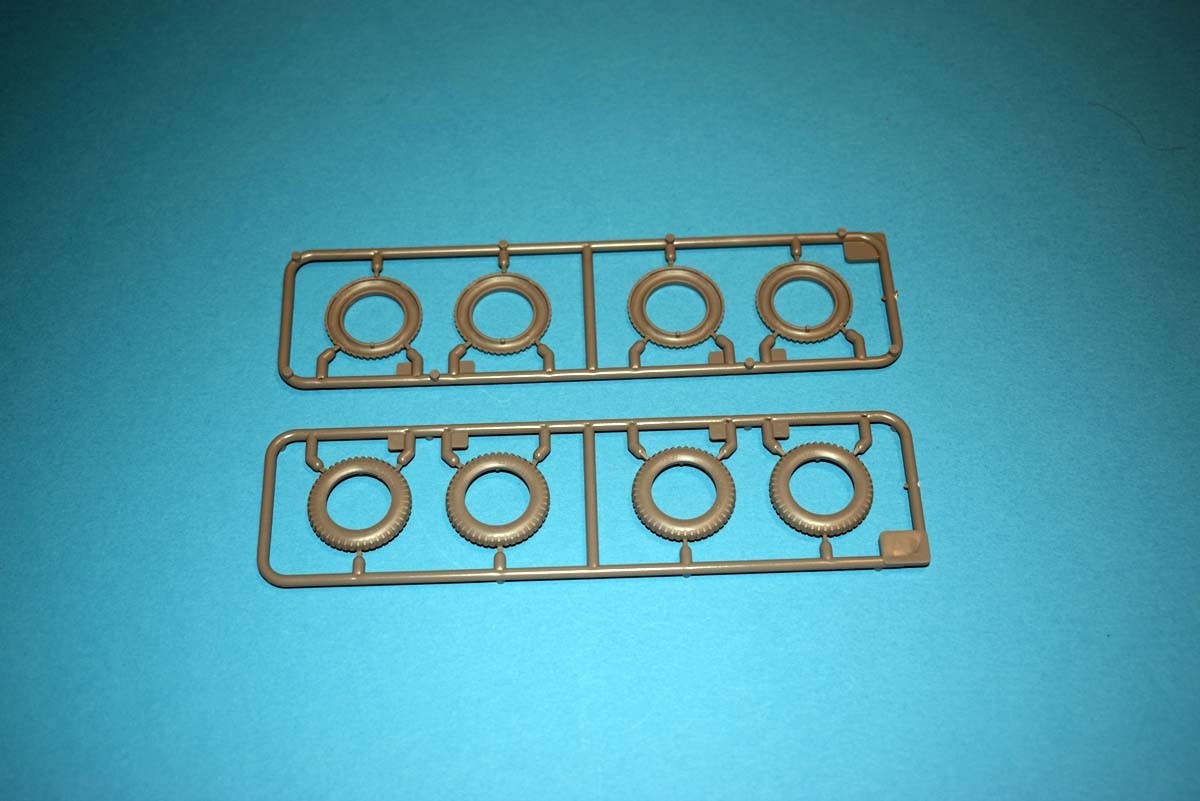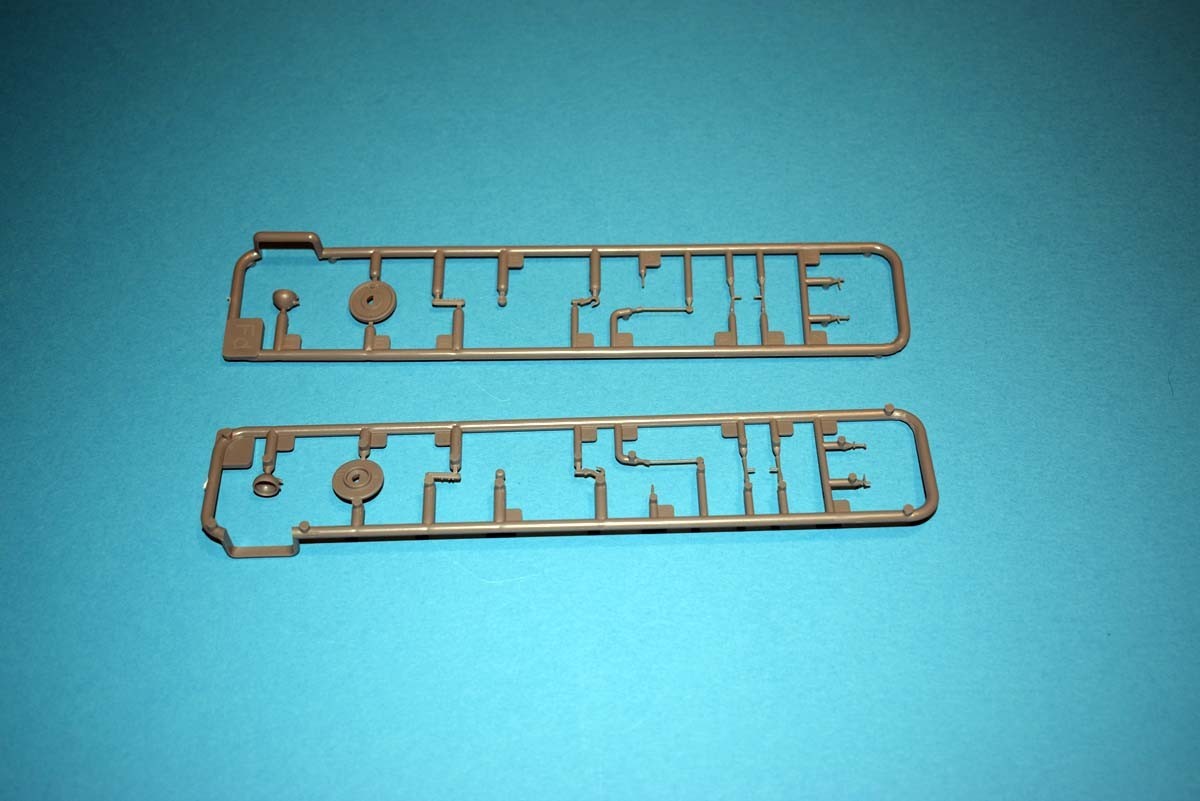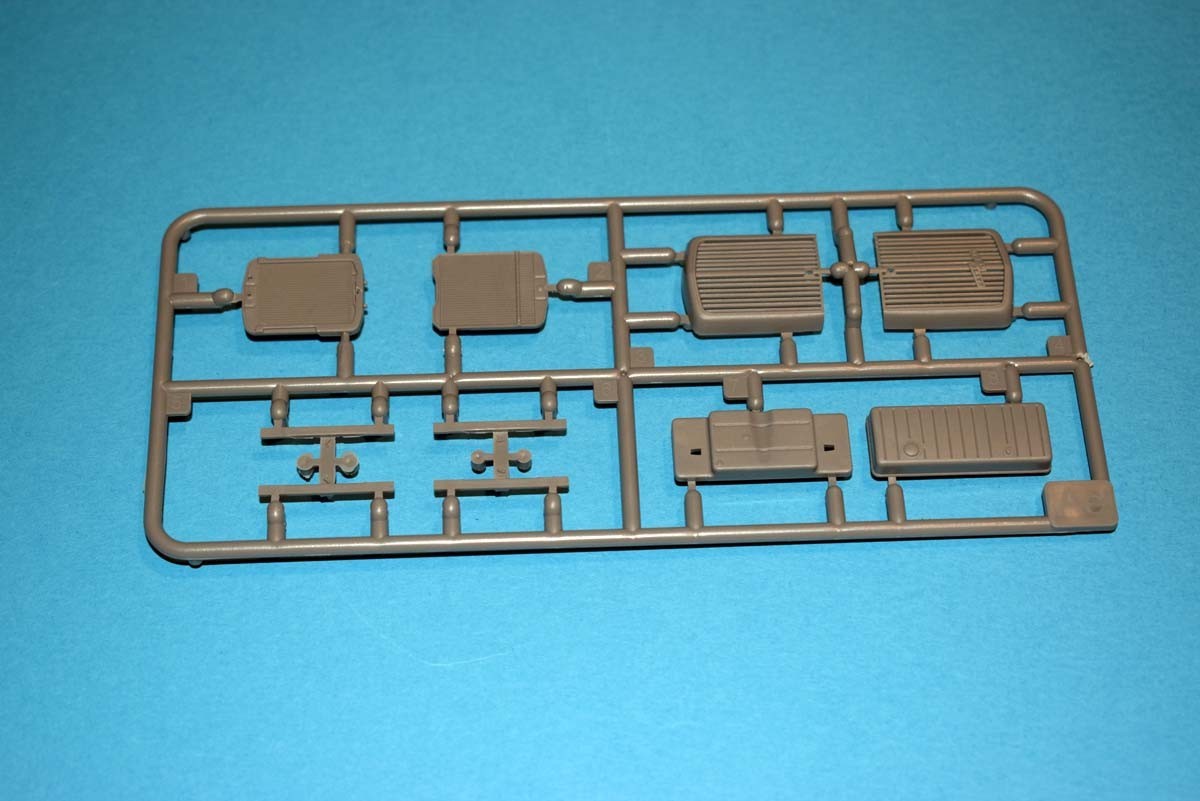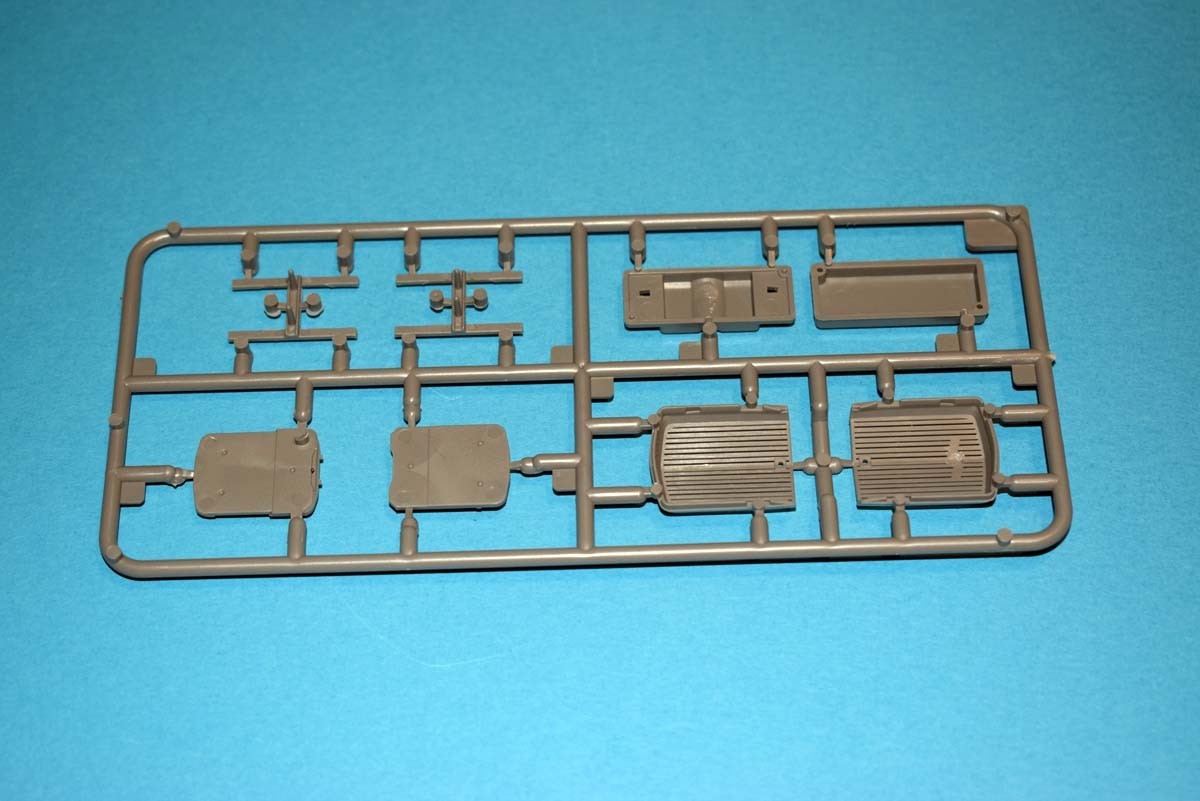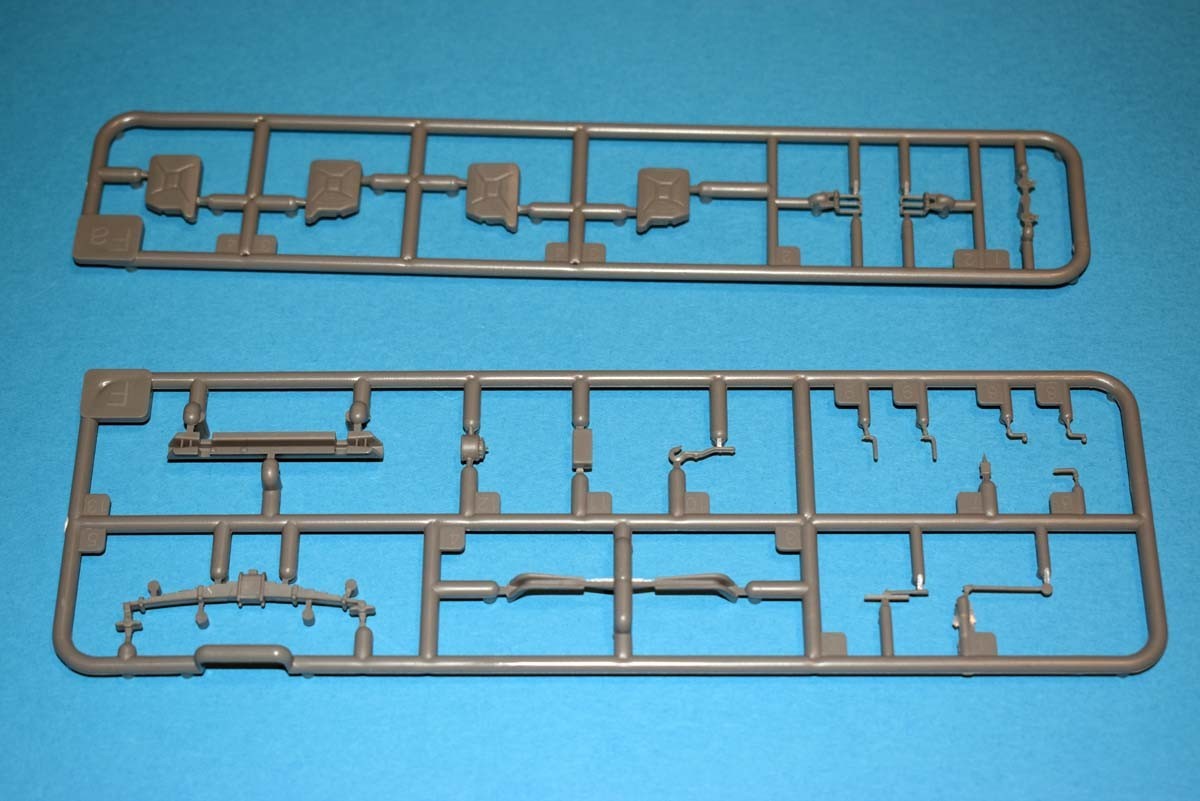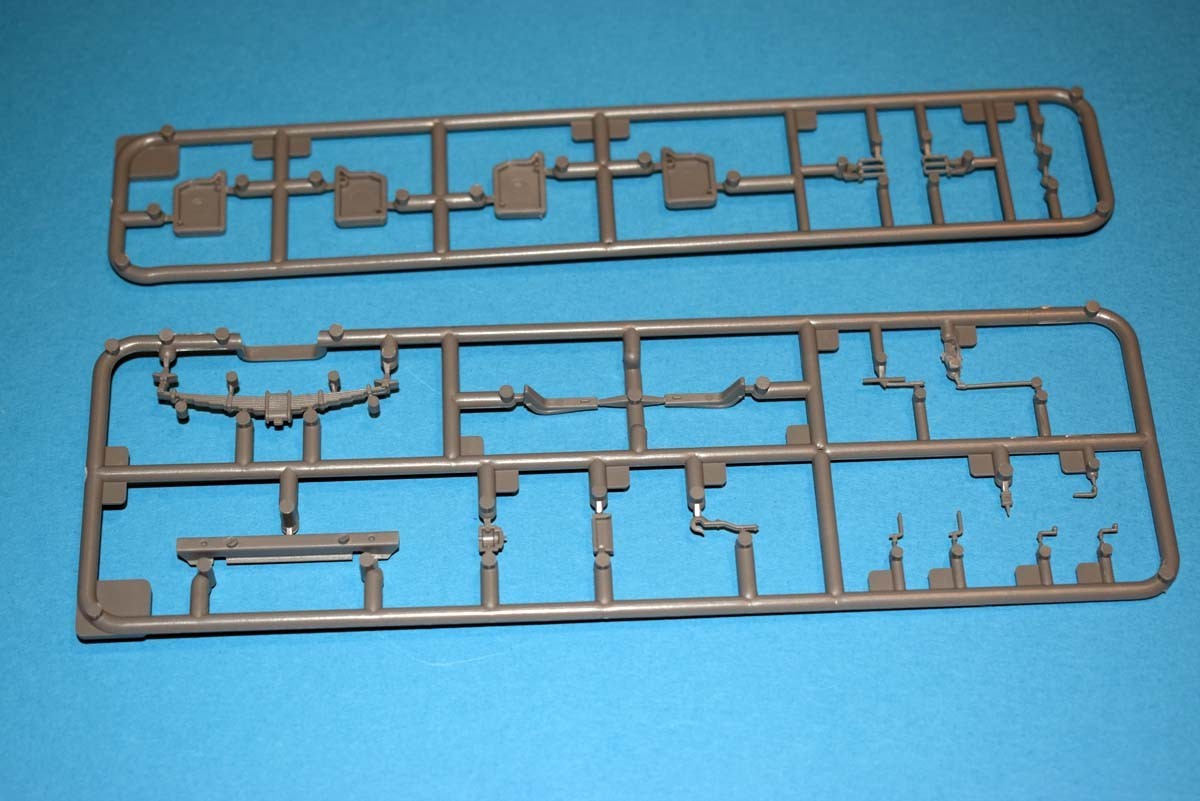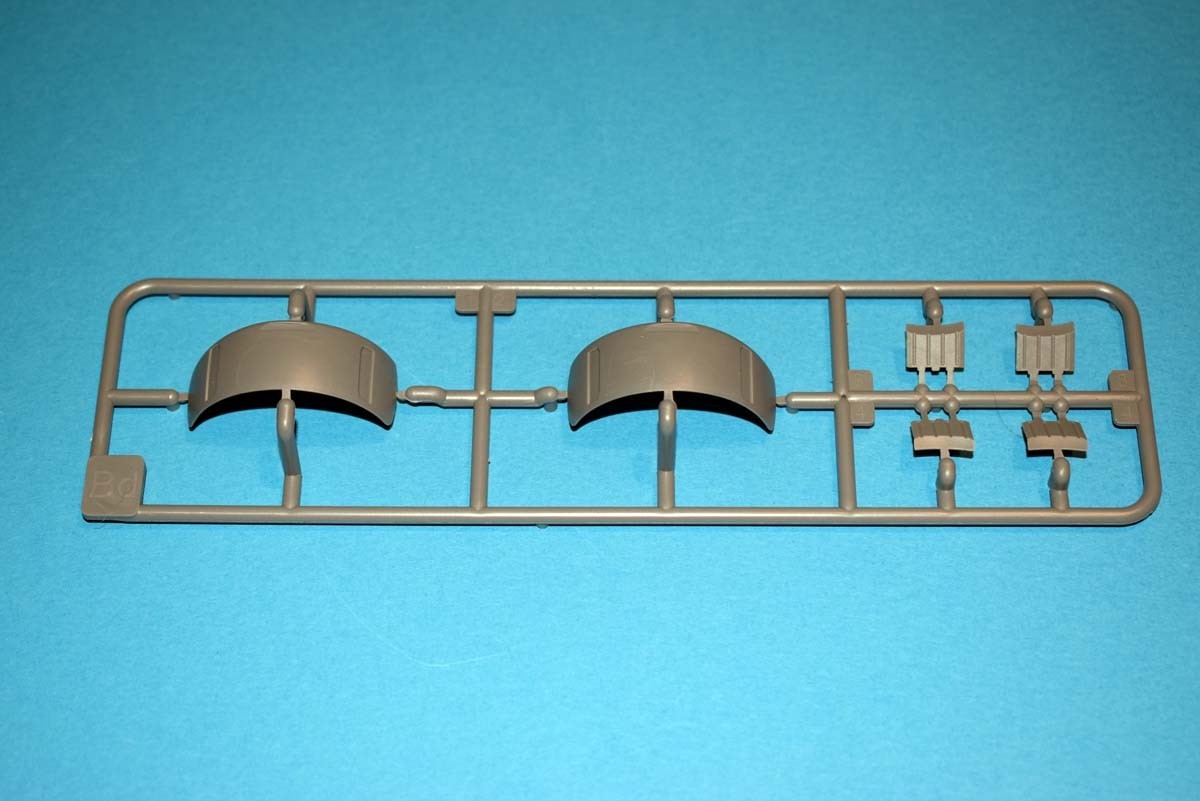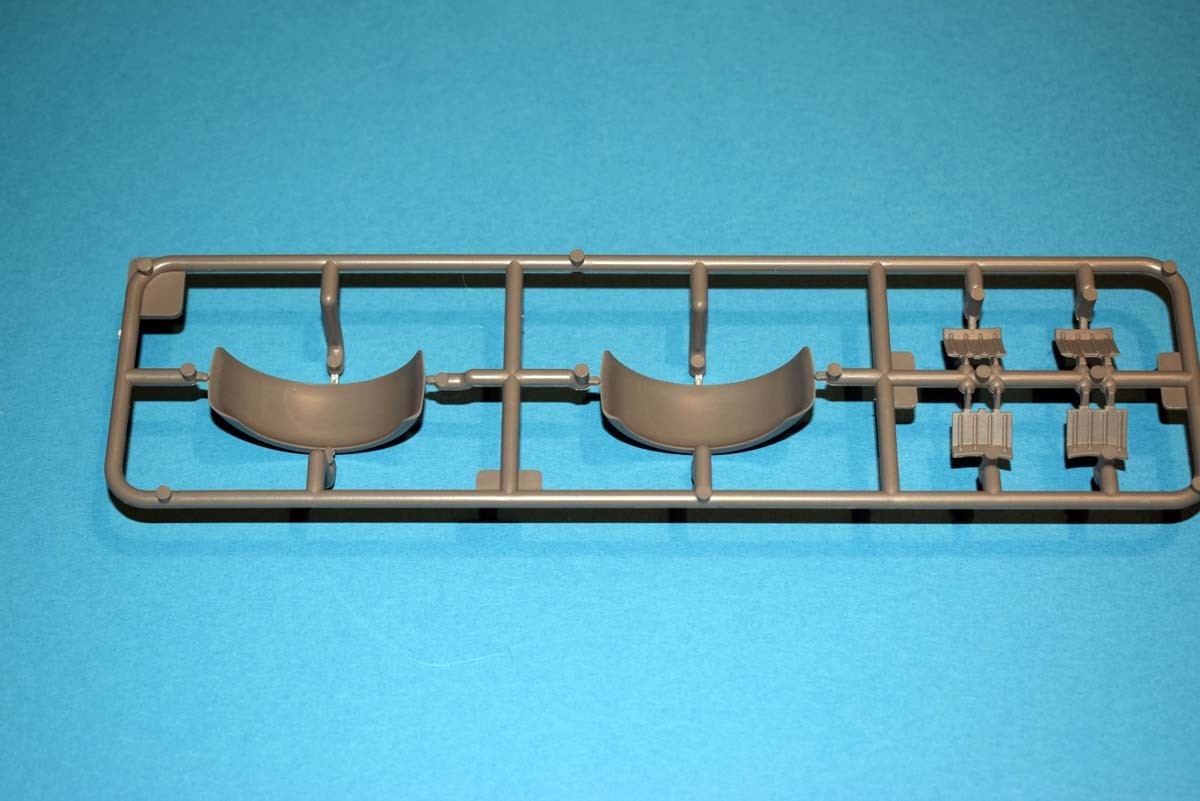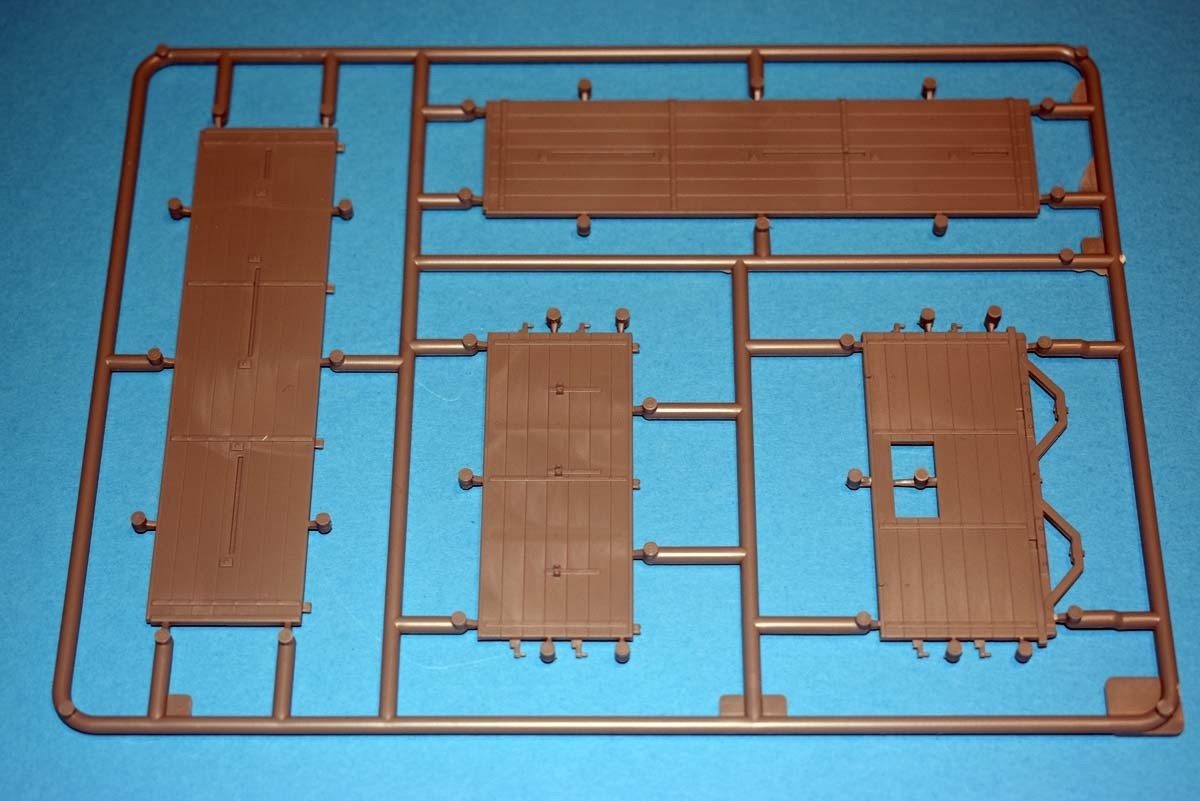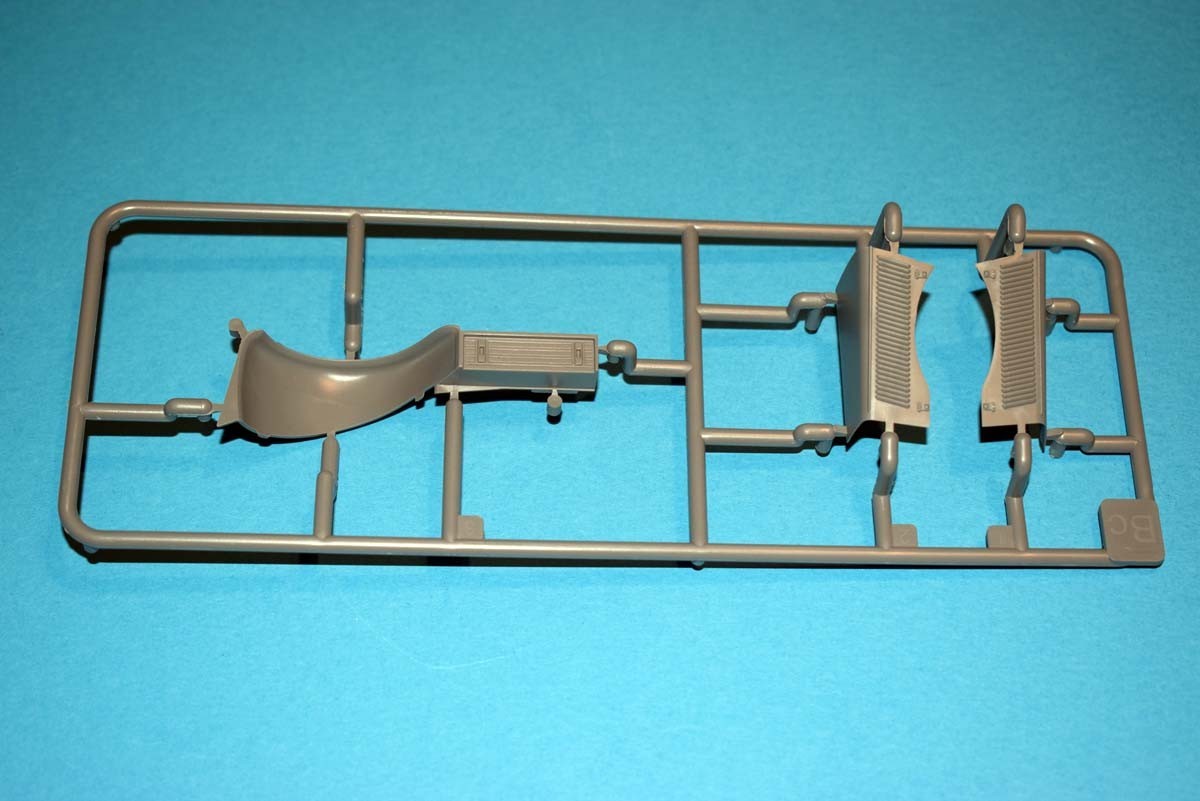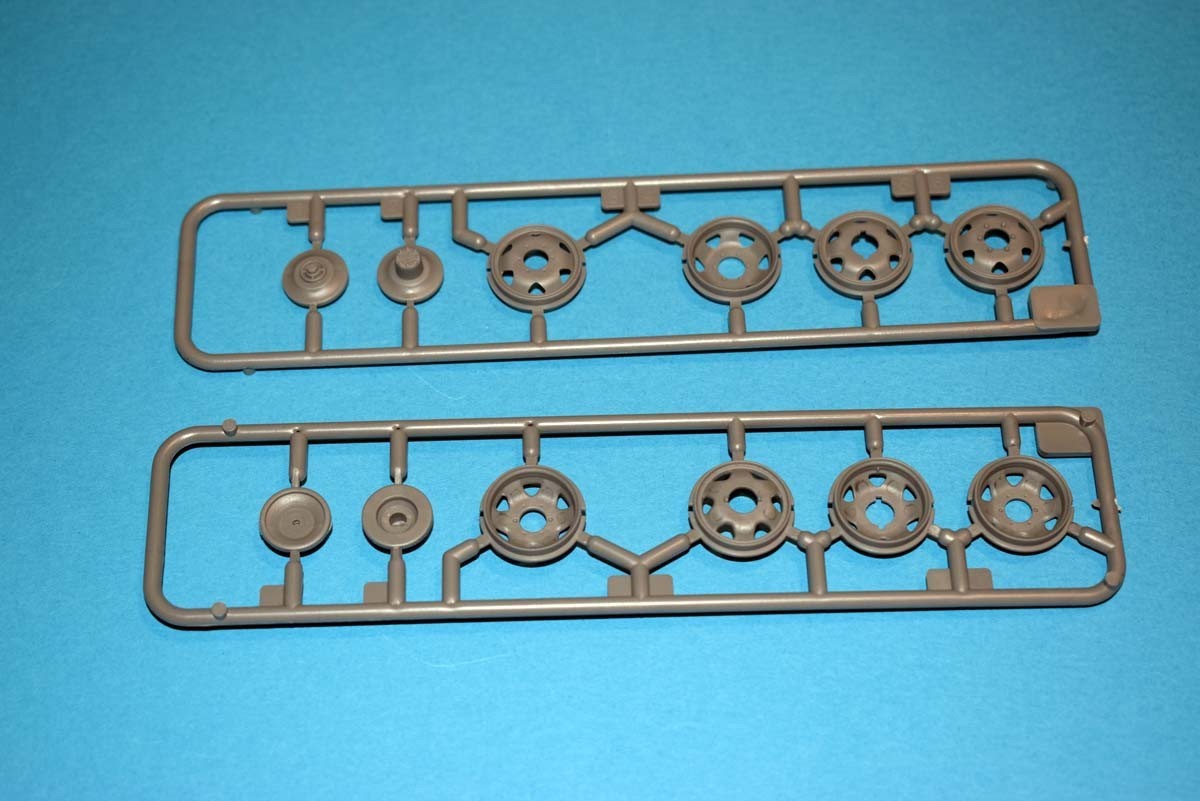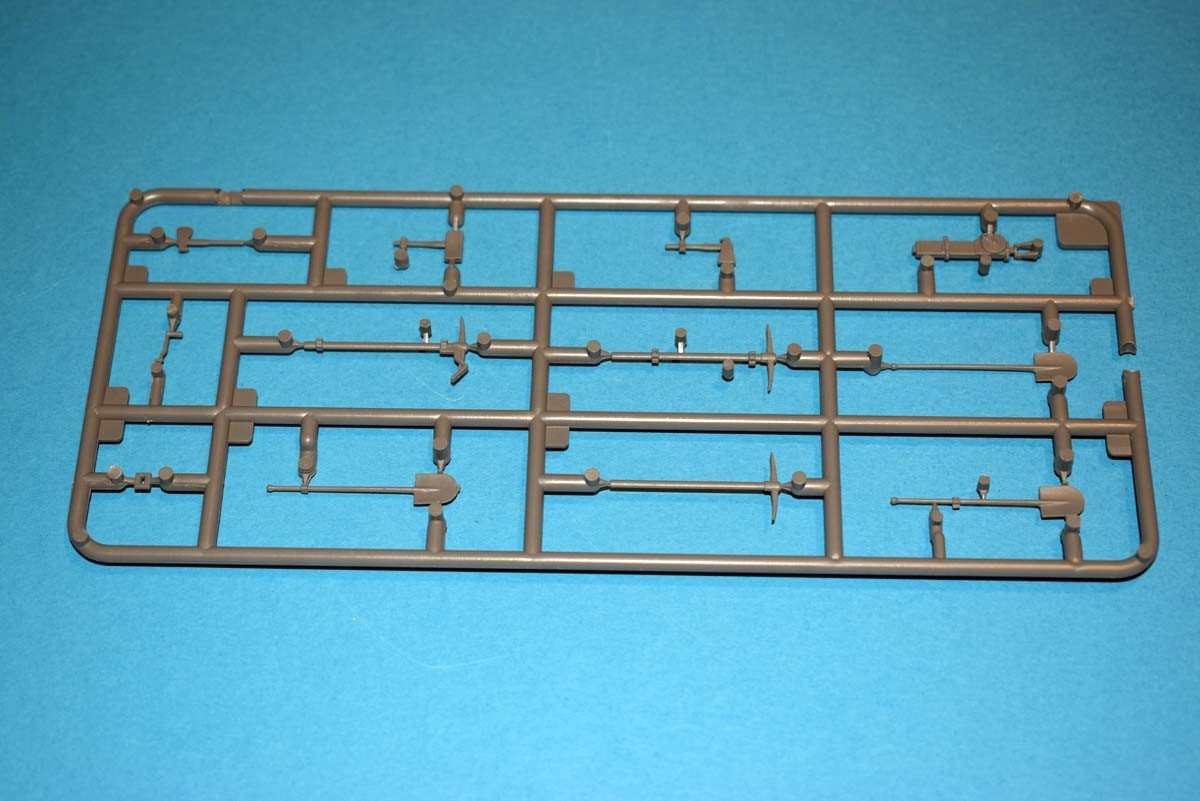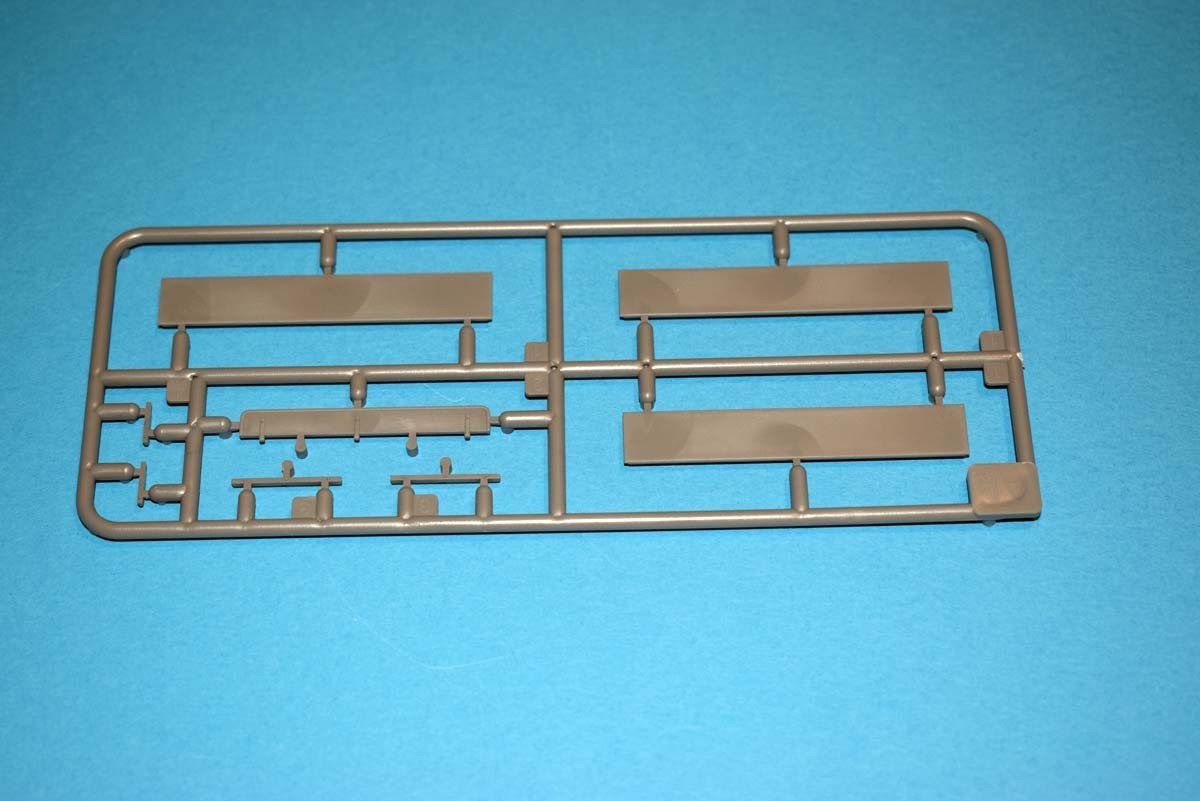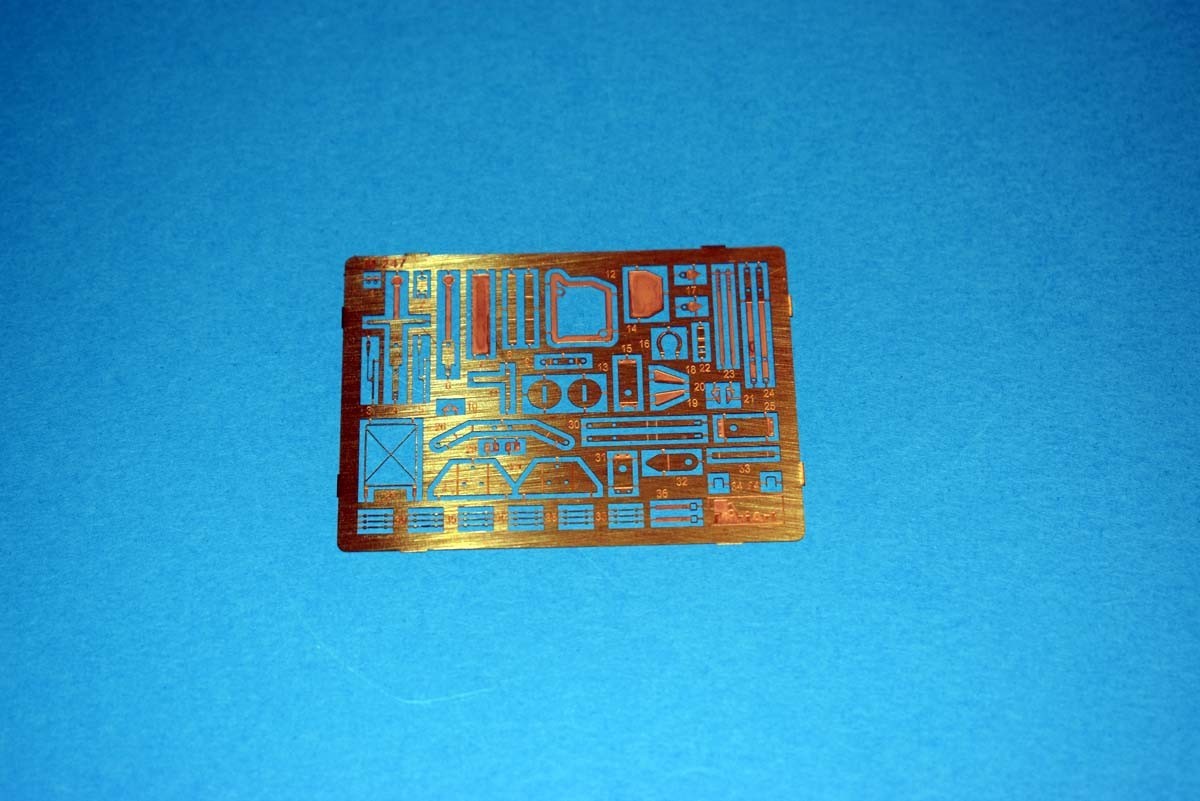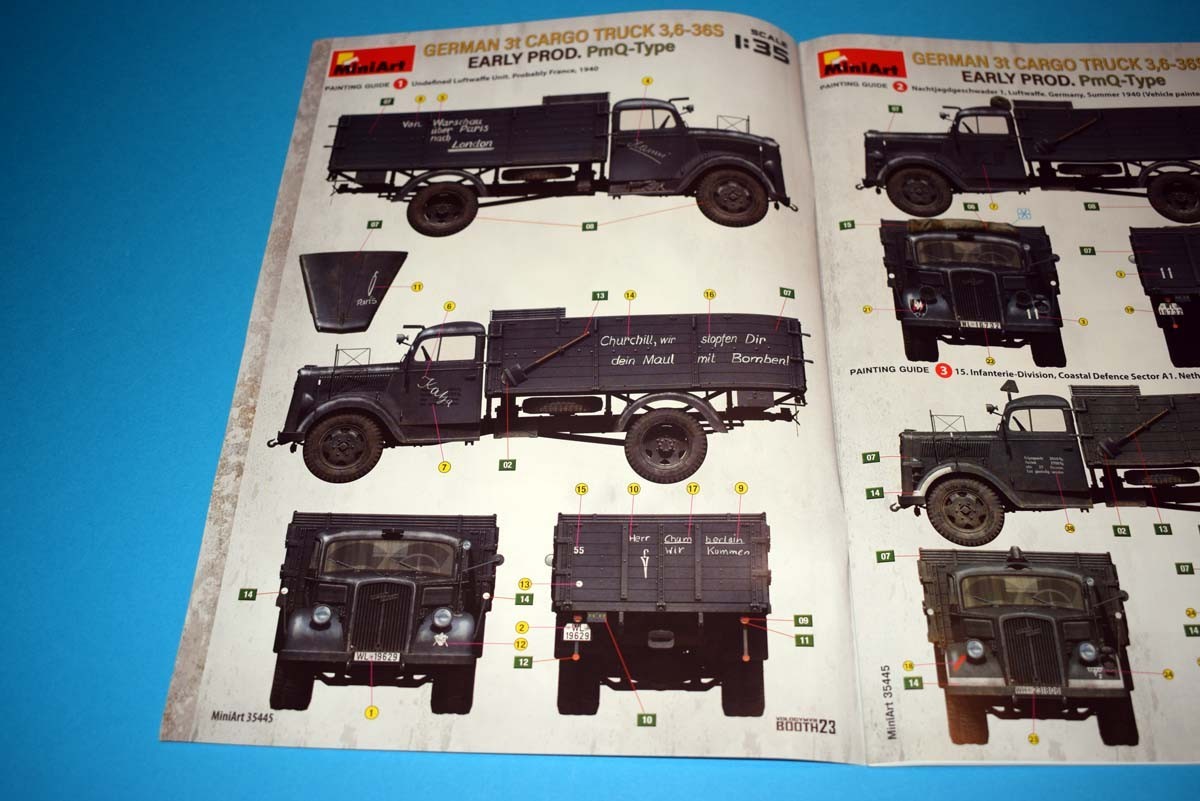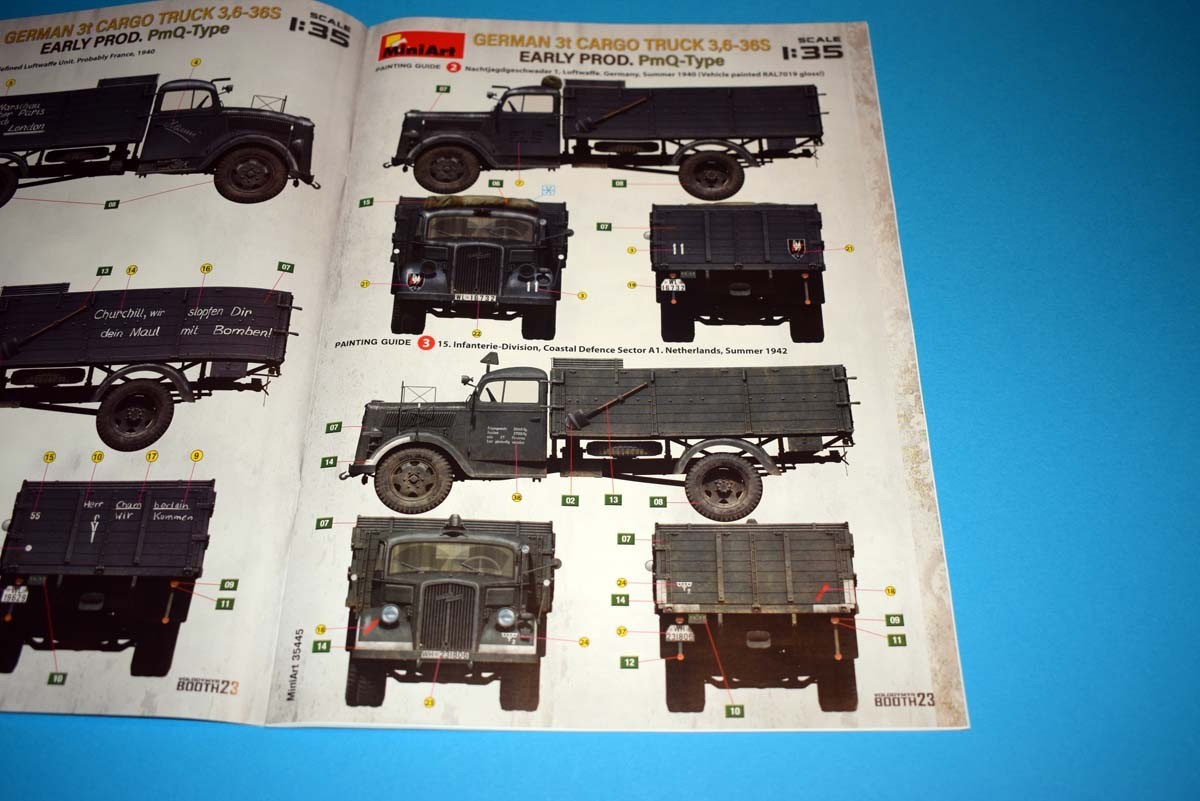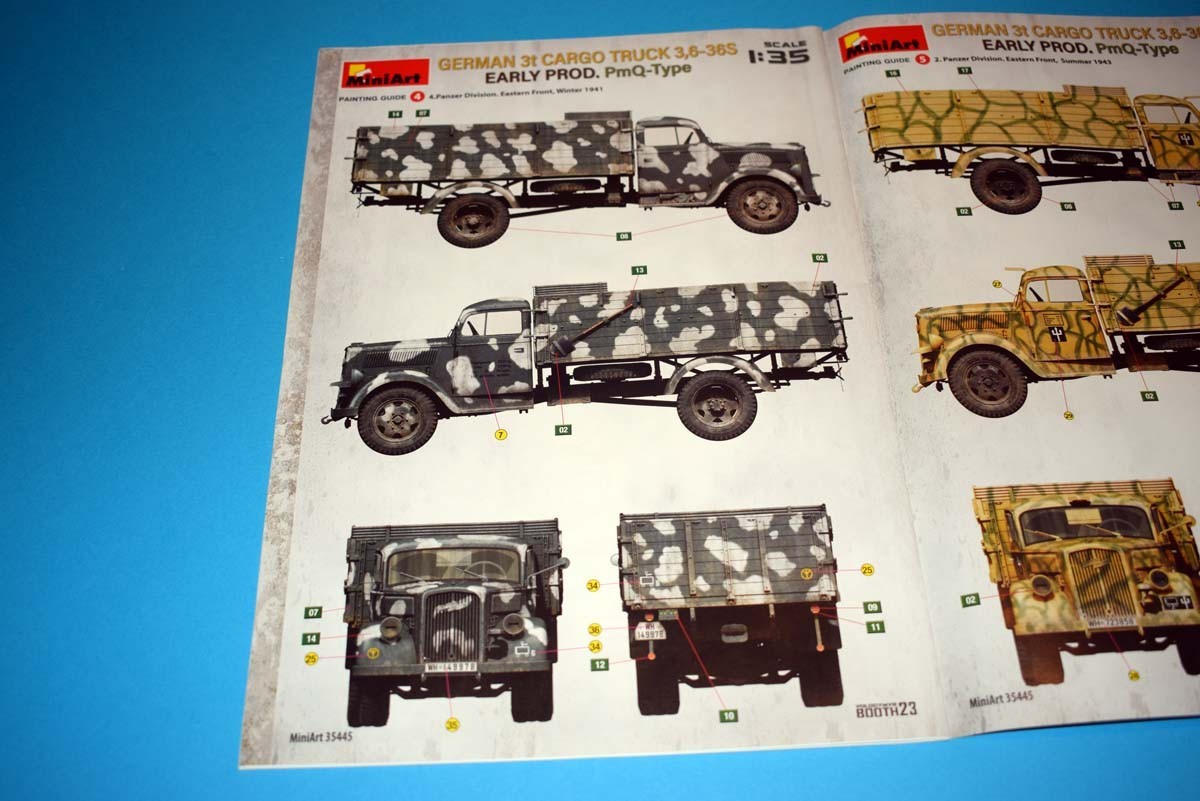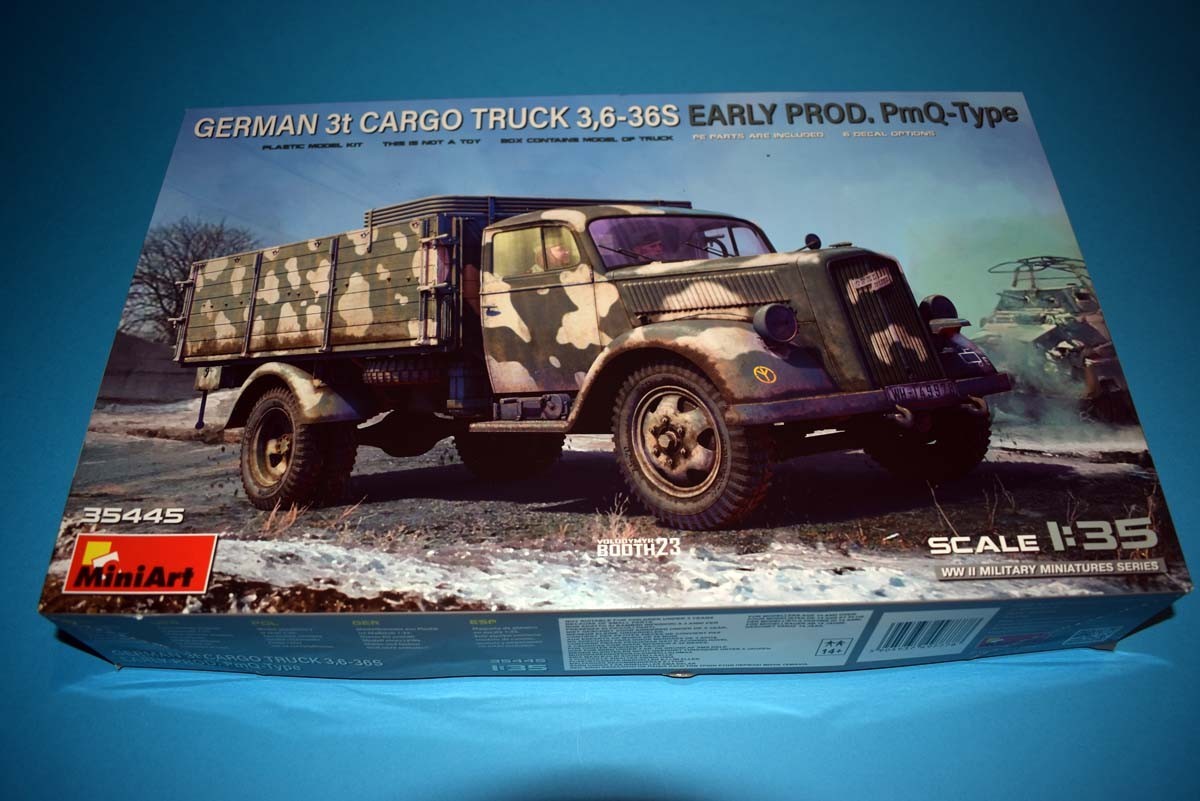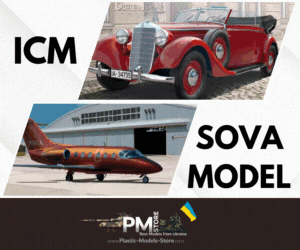
Review
MiniArt is one of those companies that has a release rate that defies the ability of the modeller to keep up with. This offering is packaged in the usual cardboard tray with a separate card lid. All of the contents except the instruction booklet are packaged within a single plastic bag, with the decals and clear sprue in a bag within that package and a card envelope protecting the photo etch also within that bag. My concerns about putting everything in the same bag, especially in MiniArt’s case is that due to the amount of parts and finesse of mouldings, breakages or distortions could easily occur. An examination of the sprues in this release reveals no immediate issues beyond the usual risk of breakage when removing the finer parts from the sprue.
This release from MiniArt listed as a PmQ-Type truck means that I have absolutely no idea what it means - So if you can advise me it would be appreciated. The chassis of this release is multipart meaning good detail in all areas, but a high requirement for careful positioning of the parts. 2 spare wheels are provided for storage on the chassis, and are provided in injection moulded plastic. A jerry can is present and as is the case with newer models is made up of 5 parts, being 2 body halves with a photo etched ridge between them to replicate the moulding seam. The 3 bar grab handle is separate, as of the pouring cap. Also included is a highly detailed engine and transmission, only requiring that the modeller add wires to replicate a highly detailed area of the model. A beauty of taking this much effort on an area of the model that will rarely be seen on a finished model is that a destroyed or damaged vehicle becomes a possibility without too much effort.
The cab of the model is nicely detailed as you would expect. The dials inside the cab have been provided as decals - Make a point of checking the roof of the cab as they often show up in this area. The steering within the cab continues down into the engine bay, and so replicating the detail well. The information plaque on the roof has not been forgotten. The hood of the model has been accurately replicated to enable the modeller to show the hood open or closed, and also has nicely vented sides and grille. The result of this is that displaying that nicely detailed engine drive and engine bay is an easy option.
The bed of the truck has nicely replicated plank detail. There are some very nicely moulded tools. There are some very fine plastic handles provided as separate pieces, and so you could show the sides folded down if desired, but I suspect that these parts are going to make a few modeller swear!! The support rails for a canvas roof are supplied as separate parts, and so could easily be broken but you could easily utilise them as a guide for bending metal wire for this purpose. The way the model has been tackled really means the can has to be attached to the chassis before the model if finished. But the bed of the truck could be added after painting and weathering or at the stage the modeller desires.
MiniArt has provided 6 finishing options for this release:
Undefined Luftwaffe Unit. Probably France, 1940
Nachtjagdgeschwader 1, Luftwaffe. Germany, Summer 1940 (vehicle painted RAL7019 gloss!)
15 Infantry-Division, Coastal Defence Sector A1. Netherlands, Summer 1942
4 Panzer Division. Eastern Front, Winter 1941
2 Panzer Division. Eastern Front, Summer 1943
Schwere Panzer - Abteilung 503. France, Normanday, Summer 1944
Conclusion
I have seen various complaints about the finesse of MiniArt kits, and how many modellers will build A, B or C's kits instead and so I think it is worth mentioning, that MiniArt has changed its approach to it’s model kits in order to provide the modeller, with the most detailed kit they can without making it unbuildable. I do accept that in the early years, there were some issues with the plastic used by MiniArt, however, this appears to have been rectified for some time now. Yes, the modeller requires a good eye and a steady hand and a good understanding of the skills the kit requires, but MiniArt has only tried to provide the modeller with what we kept demanding. So, when looking at this release, Yes it has a level of complexity but it gives the modeller options that a bulk standard release would not. and the design means more display options than is usually available.
